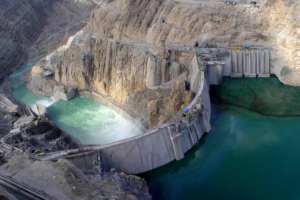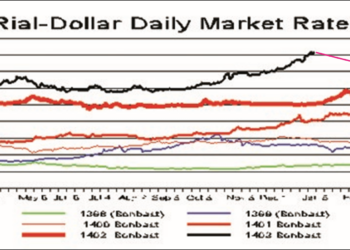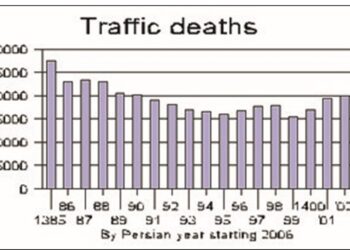July 29, 2022

Iran has slashed its electricity exports by 80 percent and more than tripled its electricity imports in an effort to keep the lights on—and the air conditioners humming—this summer.
The Iran Power Generation, Distribution and Transmission Company (Tavanir) is importing at least 700 megawatts of electricity per day from neighboring states, including Turkmenistan, Azerbaijan and Armenia, to meet the growing electricity demand. That’s up from just 200 MW in the spring months.
Mostafa Rajabi-Mashhadi, the head of the Iran Grid Management Company, an Energy Ministry subsidiary, said, “Power demand peaked at 64,000 MW on June 24, up 5 percent compared with the same day of 2021, and it is expected to reach 71 gigawatts in July, up 6 percent compared to a year ago.”
On the other hand, he said, power exports to Iraq, Pakistan and Afghanistan have been reduced from about 2,000 MW to less than 400 MW in the peak hours, 1-5 p.m.
“If necessary, we will totally halt exports in the scorching days of summer,” he said. The Iran Times could not find any comments from Iraq, Pakistan or Afghanistan.
Tavanir is continuing an arrangement it started with farmers and industries two years ago to reduce their power consumption during peak hours and make more available for home dwellers.
In 2020 and 2021, per Tavanir’s contracts with 300,000 farmers and industrialists, those who turned off their water pumps and electricity-intensive equipment between noon and 6 p.m. received discounts. The policy helped cut consumption in the agro sector by at least 2,000 MW, he said.
Of the total number of Tavanir’s household subscribers (30 million), 5 percent or 1.5 million families are heavy consumers whose consumption exceeds 300 kilowatts per month and they account for 40 percent of Iran’s overall electricity use, he said. Tavanir has been trying to discourage such heavy use by raising electricity rates for the big consumers.
The ongoing drought continues to be a major challenge for Tavanir. Hydroelectric dams have the installed capacity to produce 12,000 MW, but with water levels behind the dams falling they cannot produce that much. Last year, Rajabi-Mashhadi said, the production level was around 10,000 MW, and that has declined to only 4,000 MW now.
According to Arash Kordi, the head of Tavanir, the linking of the electricity grids of Iran and Russia is the most viable and inexpensive option to help ease frequent power cuts during the hot summer days in Iran.
He said electricity demand peaks in Iran between June and September, but this is when Russia’s demand declines and the surplus can be exported to Iran.
But there is no link with Russia yet. Tavanir said it will have to continue rolling blackouts around the country for now













